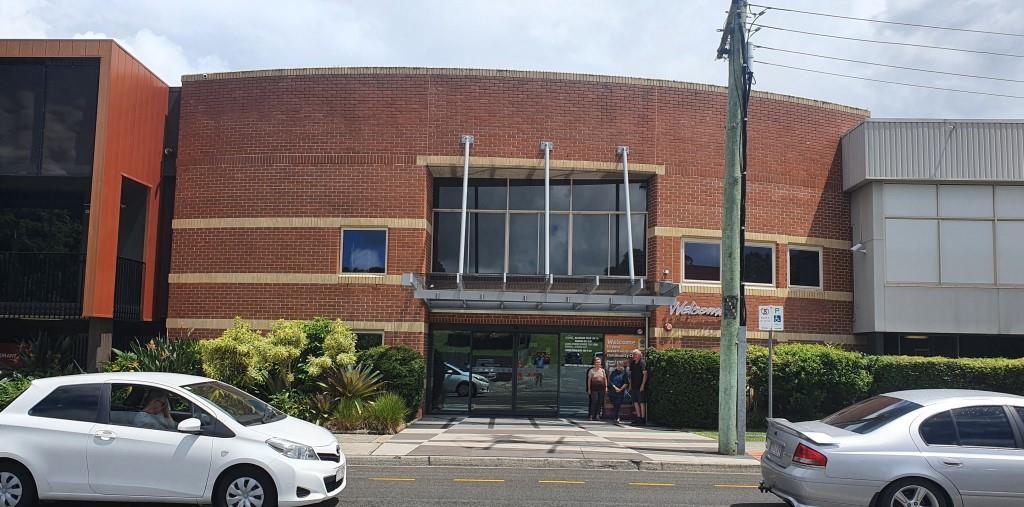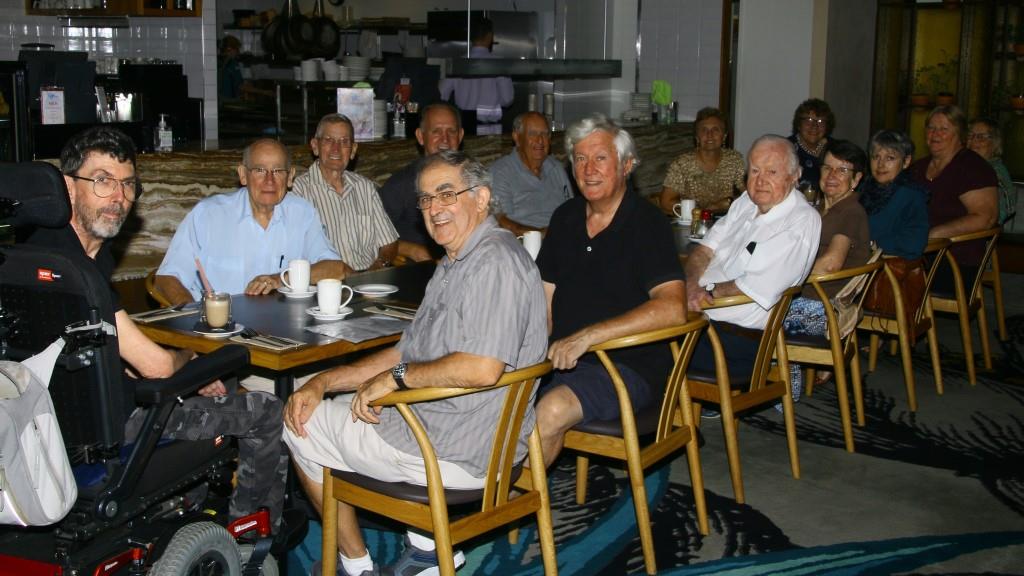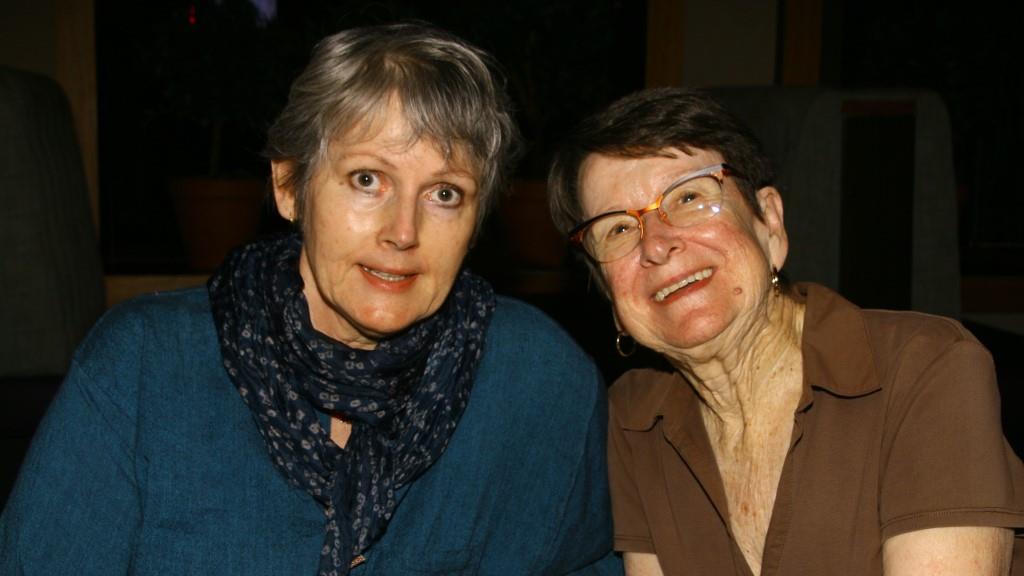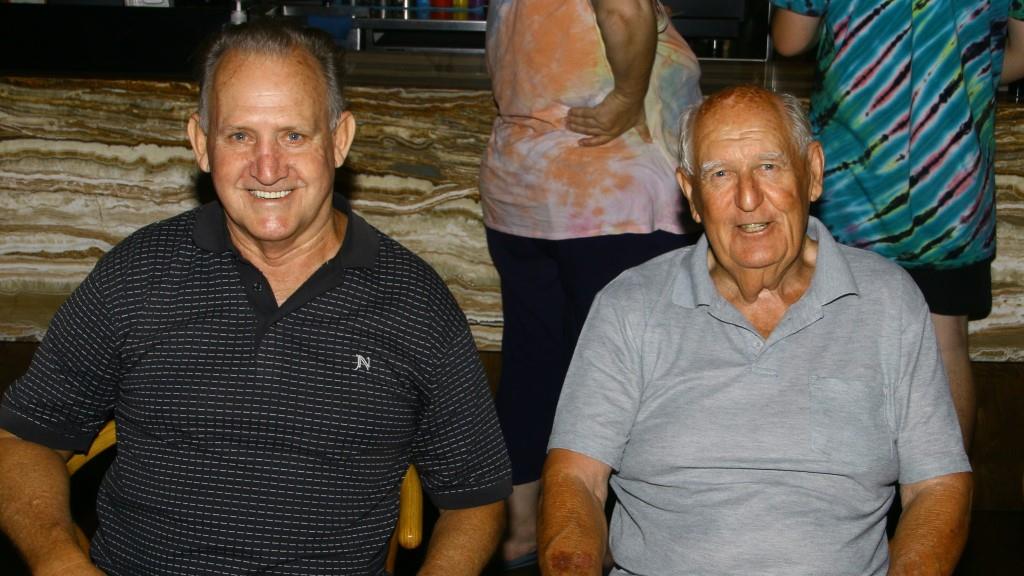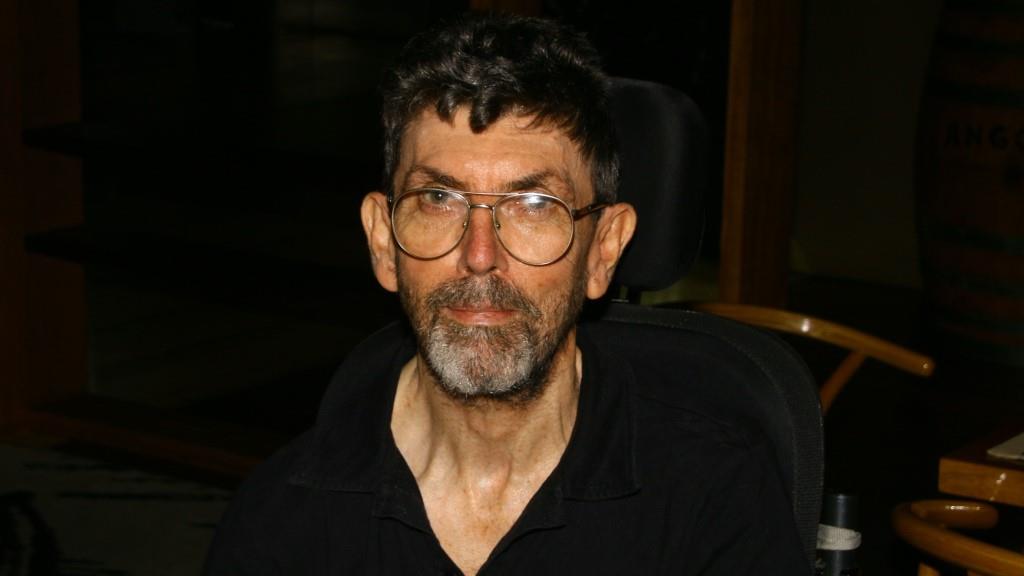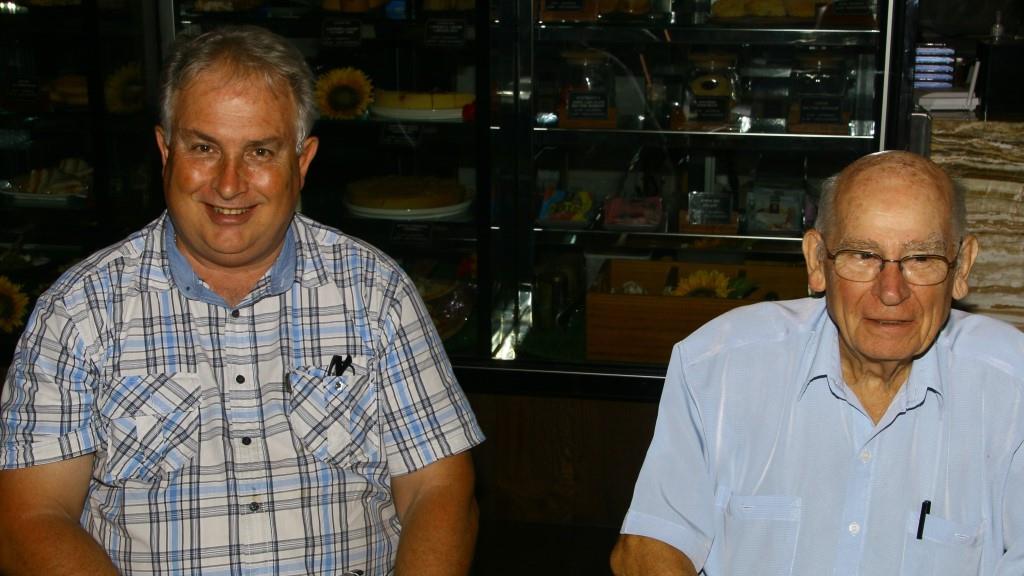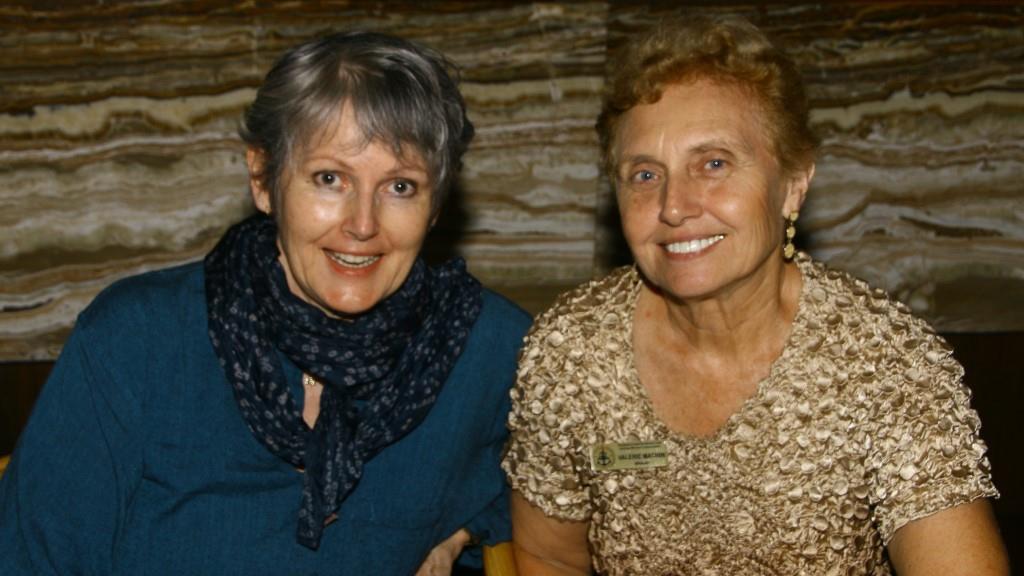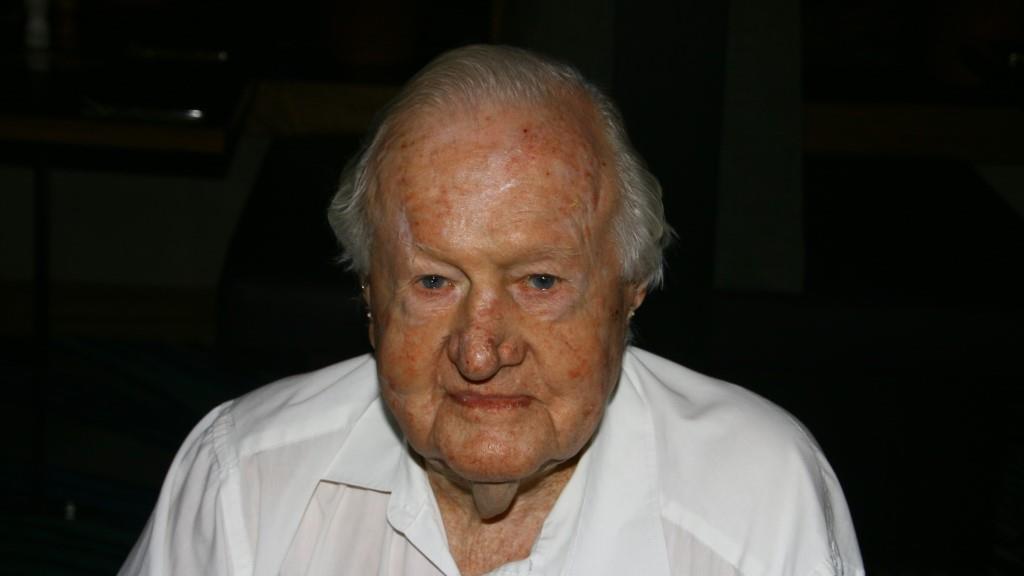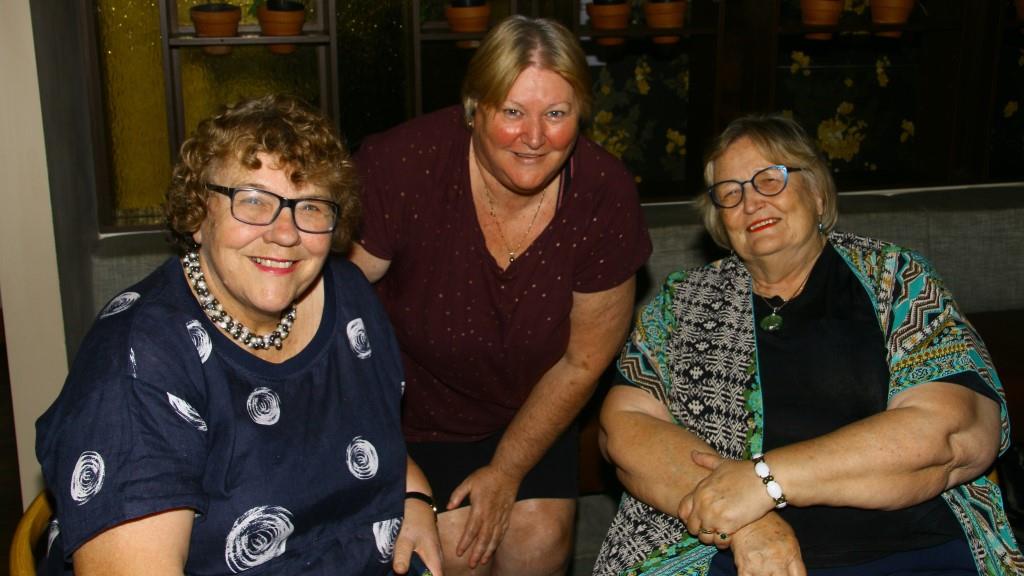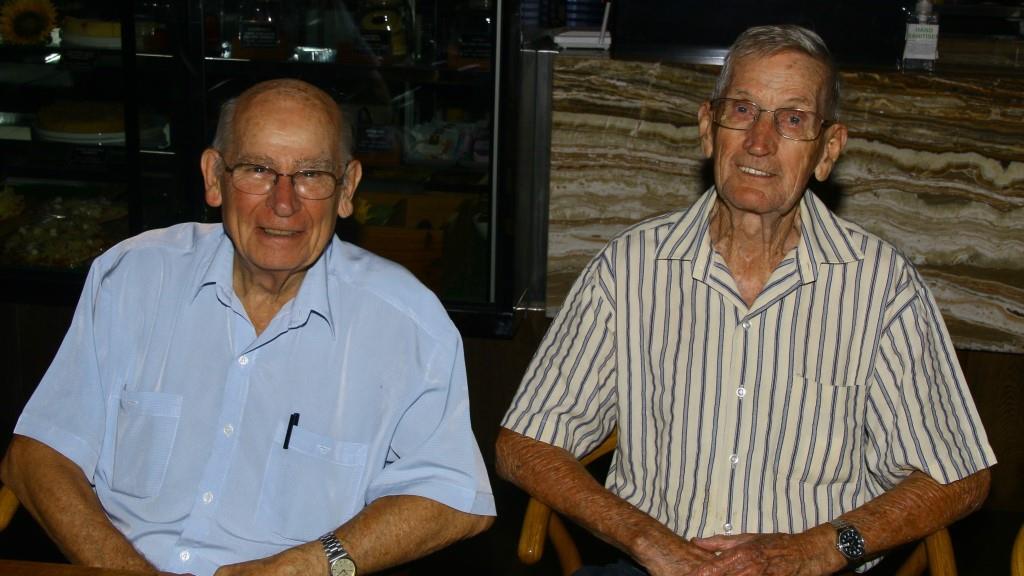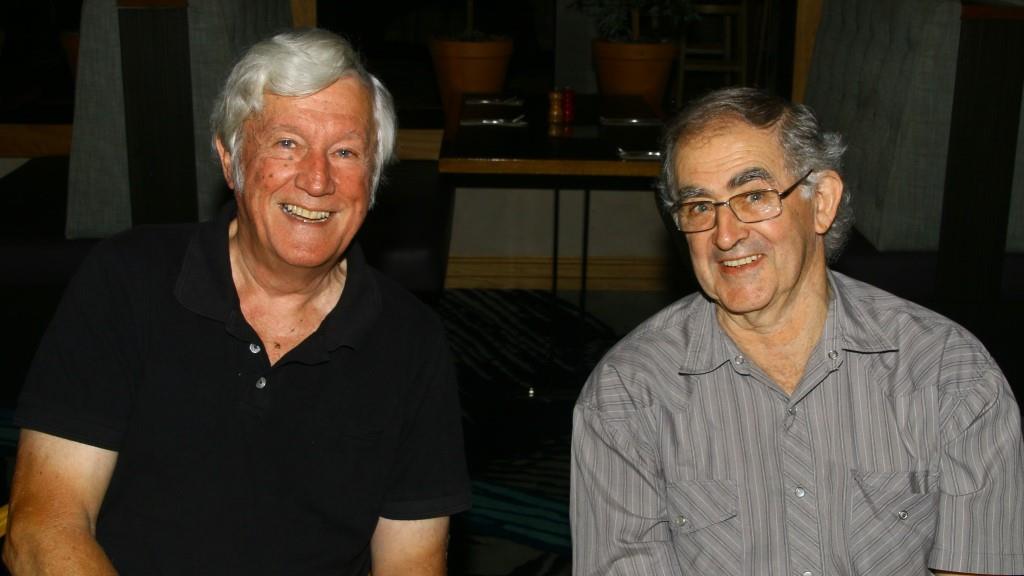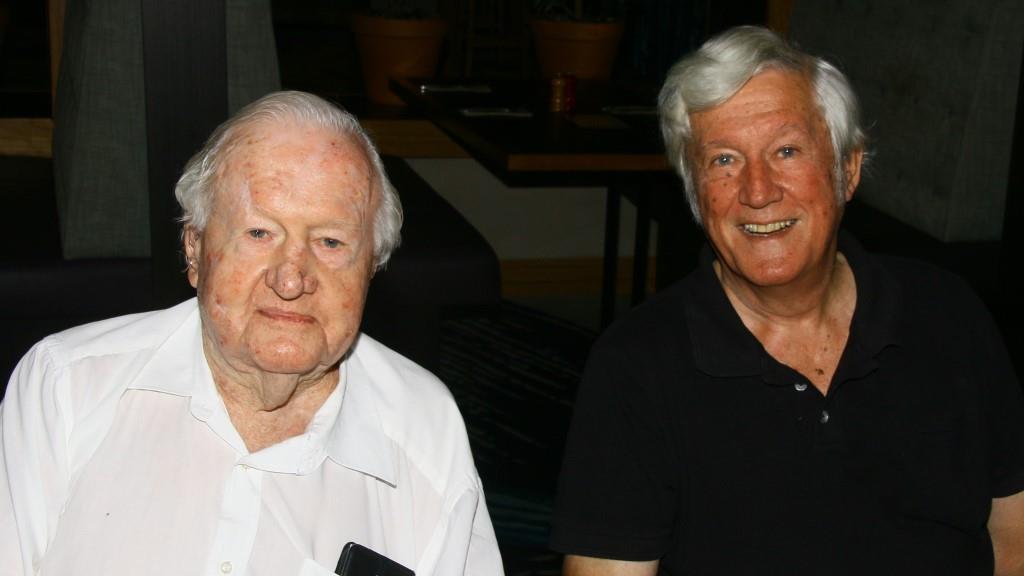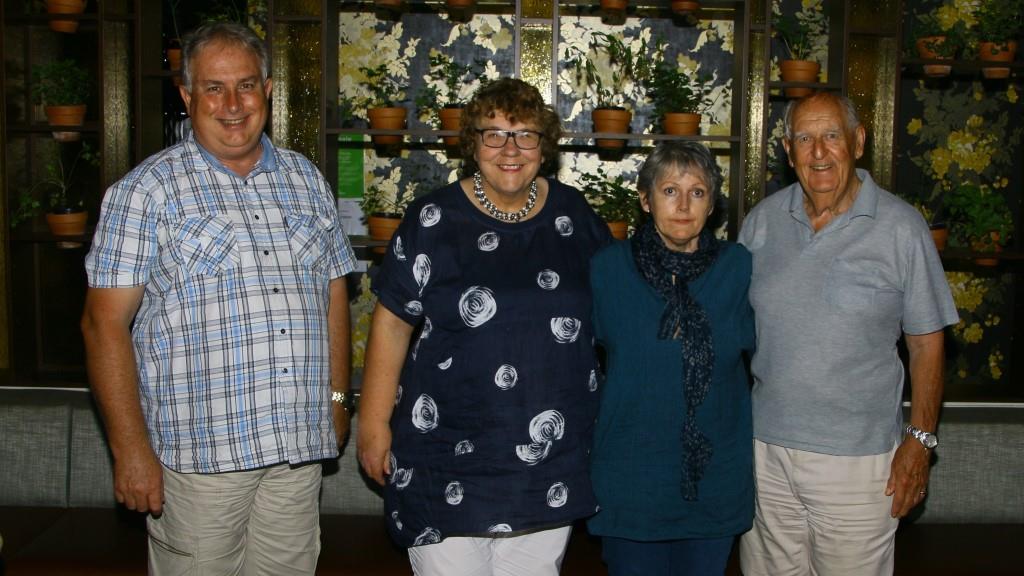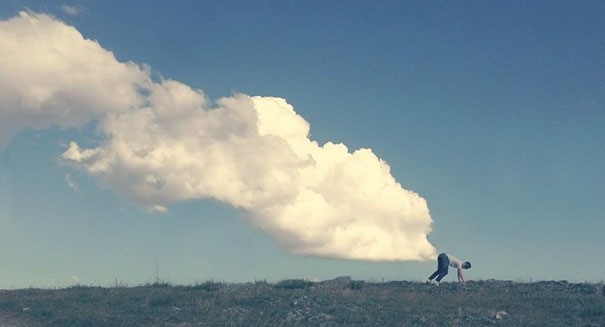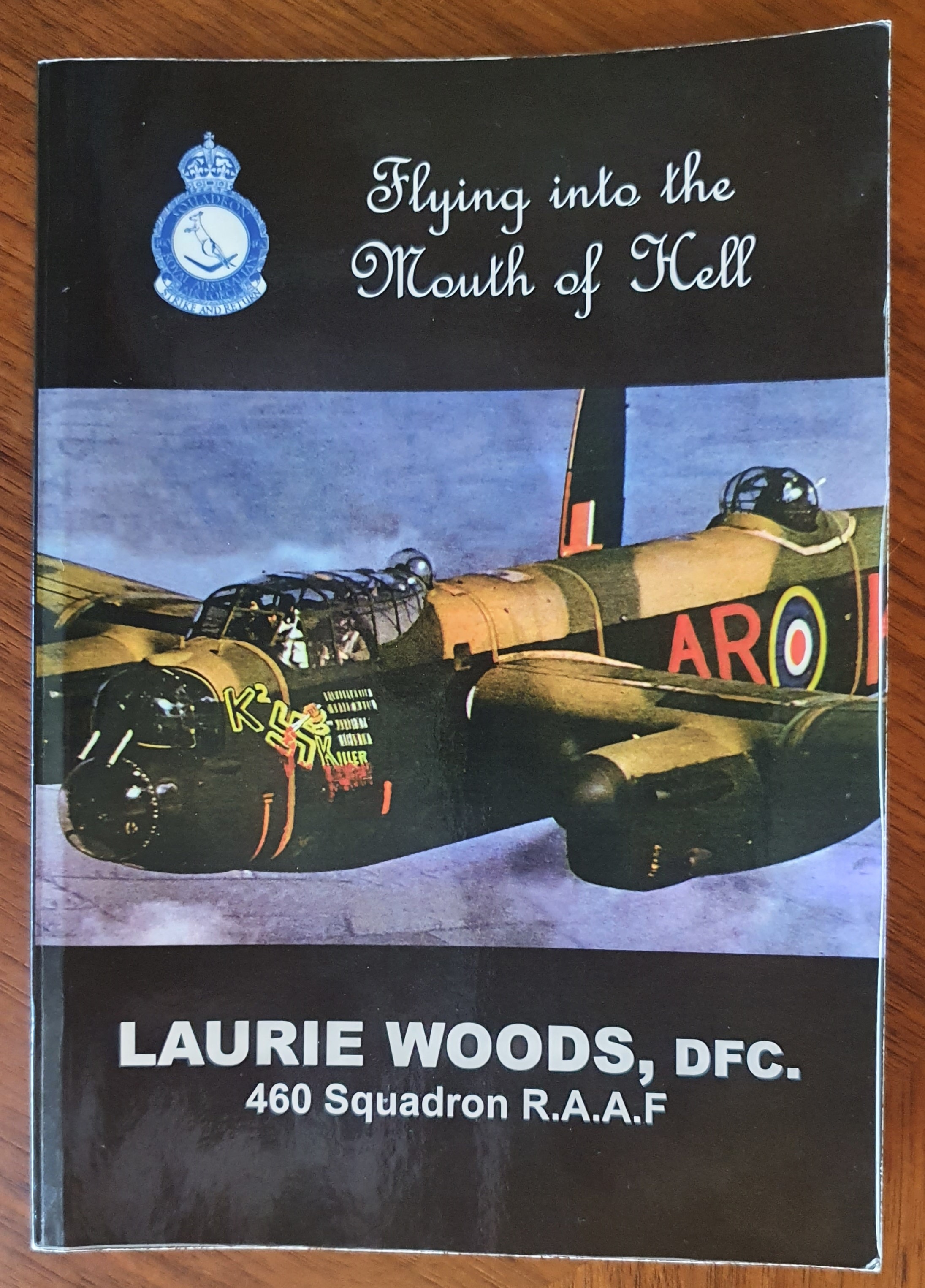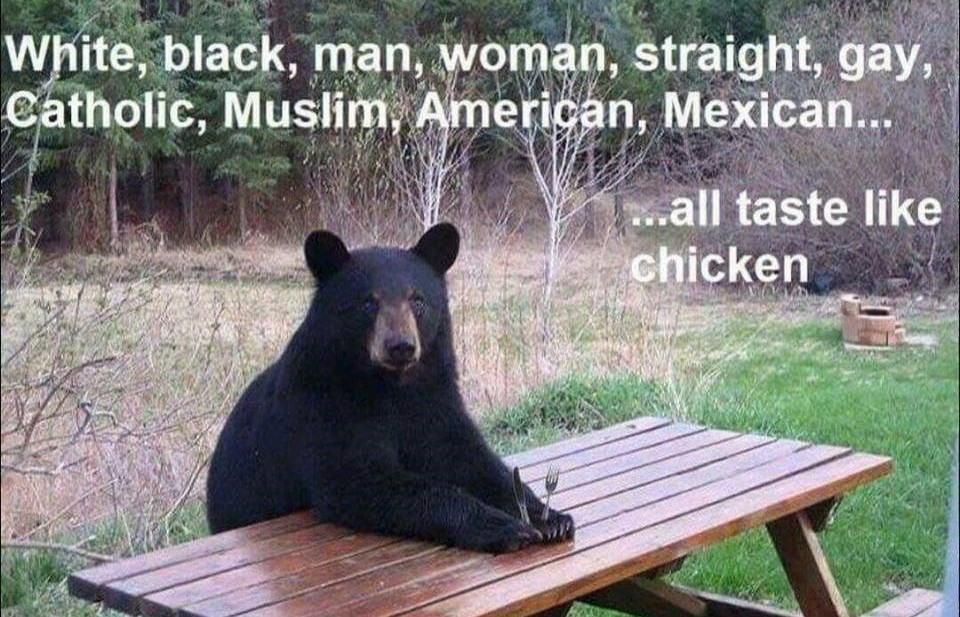|
|
||||||||||||||||||
|
||||||||||||||||||
|
Privacy Policy | Editorial Policy | Profit Policy | Join the Association | List of Members | Contact us | Index | Links |
||||||||||||||||||
|
Back Go to page: 1 2 3 4 5 6 7 8 9 10 11 12 13 14 15 16 17 18 19 20 Forward |
||||||||||||||||||
|
|
||||||||||||||||||
|
Contents. |
||||||||||||||||||
|
Some of the pics on this page have been crunched to allow them to open quicker. You can see/download the HD version by clicking each pic. |
||||||||||||||||||
|
Nambour Air Force Association.
Every Thursday, the Nambour (Qld) branch of the AFA meets at the Nambour RSL Club for a happy get together, a coffee, a good yarn and to discuss and solve the problems of the world.
|
||||||||||||||||||
|
The troops - early in the morning, all showing lots of couth and plenty of culture.
|
||||||||||||||||||
|
Some of those who made it to the Club on the 18th Feb include:
|
||||||||||||||||||
|
Crissie Wessels, Eunice Lenske.
|
||||||||||||||||||
|
Al Diamond, Bernie Ballantine.
|
||||||||||||||||||
|
David Stowe.
|
||||||||||||||||||
|
David Wilcox, Peter Hall.
|
||||||||||||||||||
|
Crissie Wessels, Val Machin. One Ex-RAAF, the other Ex-WRAAF - double trouble!
|
||||||||||||||||||
|
Graham Burgoyne. Graham is an active 95 years young, and served in the RAAF during WW2 as a box packer.
|
||||||||||||||||||
|
Penny Wilson, Cheryl Stone, Narelle Ladd.
|
||||||||||||||||||
|
Peter Hall, Ken Lenske.
|
||||||||||||||||||
|
Steve Wessels, Bruce Ladd.
|
||||||||||||||||||
|
Graham Burgoyne, Steve Wessels.
|
||||||||||||||||||
|
The Committee
|
||||||||||||||||||
|
David Wilcox – Vice president, Penny Wilson – Secretary, Crissie Wessels – Treasuer Bernie Ballantine – President.
If you live in the northern Sunshine Coast area, and you're ex-WRAAF or Ex-RAAF, why not join, they would love to have you and you'll meet some wonderful people. Just send us your name (use the Contact Us link above) and we'll forward your details onto Bernie and he'll be in touch.
|
||||||||||||||||||
|
HER Why not invite me out to dinner. HE: Sorry, I don’t go out with married women. HER: But I’m your wife. HE: I make no exceptions. |
||||||||||||||||||
|
|
||||||||||||||||||
|
Funny how some pics turn out.
|
||||||||||||||||||
|
|
||||||||||||||||||
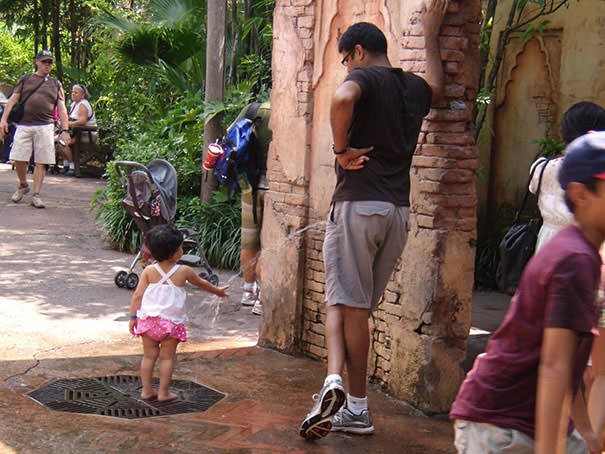 |
||||||||||||||||||
|
|
||||||||||||||||||
|
A good Read.
There's an old fellow Tasmaniac named Laurie Woods, who comes from a small town up the north west called Deloraine, who was in the RAAF during WW2 and who turns 100 on the 26th December next year. I bet as a kid he hated that birth date, Christmas presents and birthday presents all roll into one, you feel as though you missed out and you couldn't have a birthday party as Christmas would still be in full swing.
But I guess having a birthday sure beats the alternative.
Laurie, now 98, enlisted into the Royal Australian Air Force in June 1942 at the age of 19. “I had left school at the age of 13 and I wanted to improve my education,” he said. “I tried to get my parents to sign [the papers] for me to join the navy as a cadet bandsman at the age of 16, but they wouldn’t hear of it. When conscription came in, I said to them I should join the air force before I get dragged into the army. They didn’t know that I was in a reserved occupation, so I didn’t play fair with them. When my mother found out I was in air crew, she said, ‘That’s pretty dangerous isn’t it? Can’t you get out of it?’ I said, ‘No, not really, but if I don’t pass my exams I will automatically become a cook or a guard,’ and so after that, every letter, she wrote, ‘Please fail.’”
Laurie served with Bomber Command during the Second World War and was one of more than 3,300 Australians who were involved in the D-Day campaign.
He was a bomb aimer with No. 460 Squadron when Allied forces launched Operation Overlord on D-Day, 6 June 1944, to liberate France and Western Europe. Of the 49 original aircrew posted to No. 460 Squadron with him, only eight men were left alive in October 1944. Laurie said each night they flew over Europe “We would have anything up to 500 heavy guns firing away at us and when I say heavy guns, they were using the heaviest shells to get to the height where we were … They were the type of shells that were used for battleship-to-battleship fighting, so it wasn’t a picnic.”
(How those men had the courage to hop into those aircraft and head east into Germany each night, knowing what could happen to them, is awe inspiring, I salute them - tb)
Laurie’s last raid was to Wanne Eikel in Germany on 9 November 1944. He says “We were leading 350 Lancasters through this target, I had just dropped the bombs and there was a terrific explosion followed by, ‘Laurie, Laurie, quick.’” The pilot, Captain Ted Owen, had been hit by anti-aircraft fire and was badly wounded. “I dashed back … and he was slumped across the controls and we were going into a dive, I grabbed the control and held it back until the plane was level again. The navigator and the engineer lifted the pilot out of his seat and laid him on the floor … and I set the motors on a revolution of 1300 revs per minute, plus torque boost, which I knew was guaranteed not to harm the motors in under two hours. I thought in that time we’d either be back in England, or we’d be crashed somewhere, because that was the first time I’d ever flown a Lancaster. I had been in the Boy Scouts and learned from South African scouts, who were visiting Tasmania at the time, how to find direction using only your watch and the sun, so I set course that way before we entered cloud.”
Back in England, their Lancaster was reported as having been shot down over the target. It was last seen in a power dive. “It was very rough, and we were icing very badly,” Laurie said. “If the plane gets too much ice on it, it will crash because you’ve got no way of preventing it… The mid-upper gunner started yelling out, ‘Hey, we’re icing up badly, better get out of this cloud…’ “We all knew the dangers of it … so I pulled the control and I flew the plane up out of it, but instead of flying level, it went way over to one side [and was] near enough to crashing.”
Laurie managed to fly the plane above the cloud and eventually requested a fix from the navigator. “I had to change course – a bit to the right – and in about five minutes, the Manston Aerodrome, on the heel of England, was showing up,” he said. “I had been thinking about the crew, and I called them all up. I said, ‘I can take the plane up to 3,000 feet and you can bail out, if you wish, and you’ll be okay because that’s the safe bailing out height, and then I’m going to see if I can’t land the plane and save the skipper.’ “They all volunteered to stay with me, and so I headed for the runway. I had just set the aircraft up for landing and I was just dropping the wheels, and [with] the shaking of the plane, the skipper indicated that he wanted to get back to his seat … so I stood behind him, and sort of rode shotgun. “He made a perfect landing, but then half way down the runway he collapsed onto the controls, and I had to stop the motors and put the brakes on to stop us".
“The ambulances came racing along the runway, and they came aboard, and lifted him out, and took him away. He was operated on by two eye specialists and bone specialists because a piece of ‘ack-ack’ had gone straight on into his face just under the left eye. They said afterwards that another fraction of an inch and he would have been killed instantly.”
Laurie knew how close they had all come to being killed. “We were pretty lucky we survived that,” he said. “I just stood there, thankful to be on the ground. The rear gunner said, ‘I could have done that,’ and … and the navigation leader, who was much superior in rank to what I was … turned to him and said, ‘You were a scrub pilot, and I was a scrub pilot, and neither of us could have ever flown home in weather like that.’ And that was that.”
For this “sterling display”, Laurie and the pilot were each awarded an immediate Distinguished Flying Cross. “At no time was the Bomb-Aimer flustered and he displayed skill, initiative and determination of a high order,” the recommendation read. “The whole performance was remarkable … an outstanding example of coolness, initiative, resource and purpose … a fitting conclusion to an excellent tour.”
Laurie, a warrant officer at the time, also received an immediate field commission as a pilot officer. “For a couple of days, they just about drove me mad,” he said. “Everywhere I went, they said, ‘Gong, gong,’ which mean decoration, and then they organised for me to go by train to London.”
You would think at his age, Laurie would be content to sit back and take it easy, but no, turns out he's a prolific writer and his latest book, "Flying into the Mouth of Hell" is another masterpiece. This book, although written a few years ago now, tells about his experiences with 460 Sqn following the invasion of Europe by the Allies. For the first 3 months after D day, the casualties among Bomber Command Aircrew exceeded those of the invading ground forces. The losses were terrible.
Of all the men who flew with Bomber command, the following statistics are harrowing:
If you want a good read, you can order the book, and also his other masterpieces, from HERE.
As Laurie
says, "Bomber Command" (and indeed all Squadrons) "owes an immense debt
of gratitude to the ground crews who through thick and thi
I first met Laurie at Amberley some years ago when he was the guest of honour at the annual Bomber Command Commemoration ceremony and where he gave a very amusing talk about his exploits. He was into his 90s back then and I found him very alert and very astute and a great old bloke to have a yarn with.
We've got a copy of his book and can definitely recommend it.
|
||||||||||||||||||
|
|
||||||||||||||||||
|
|
||||||||||||||||||
|
Back Go to page: 1 2 3 4 5 6 7 8 9 10 11 12 13 14 15 16 17 18 19 20 Forward |
||||||||||||||||||

